
PLEDGE
We pledge to uphold the values of Scrum in our work and interactions. We commit to embracing openness, respect, courage, focus, and commitment in every sprint and project we undertake. Through transparency, collaboration, and accountability, we will strive to deliver value to our team and stakeholders, honoring the principles of Scrum and fostering a culture of continuous improvement.

This dynamic team of 15 individuals displayed expertise in a digital arsenal of Jira, Zoom, Mural, Confluence, Figma, WordPress, Slack, and Canva to master the scrum framework and deliver adaptive solutions for complex problems. We overcame barriers associated with learning new technical skills, building new self-managing teams, and synchronizing efforts across different time zones, to deliver one product…This website 🙂
Events, Roles, & Lessons Learned
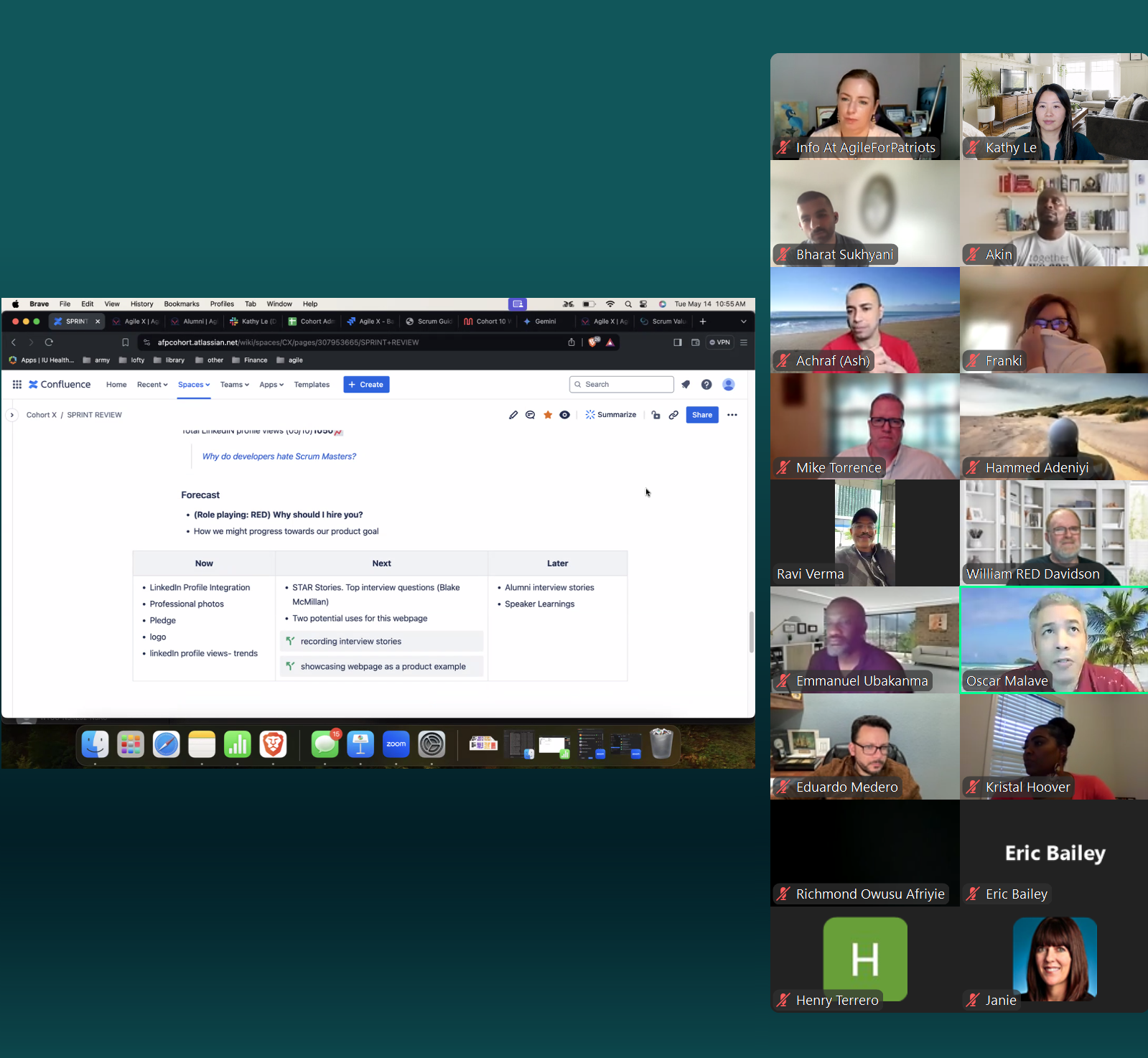
Inspect and Adapt
As we started our first Sprint Retrospective we realized the value of this Scrum event. The team was able to:
– reflect on our previous Sprint
– make adjustments for increased effectiveness
Actions we identified moving forward:
– use Jira and Confluence more effectively to track our work
– adhere to the time box events to remain focused and stay on track
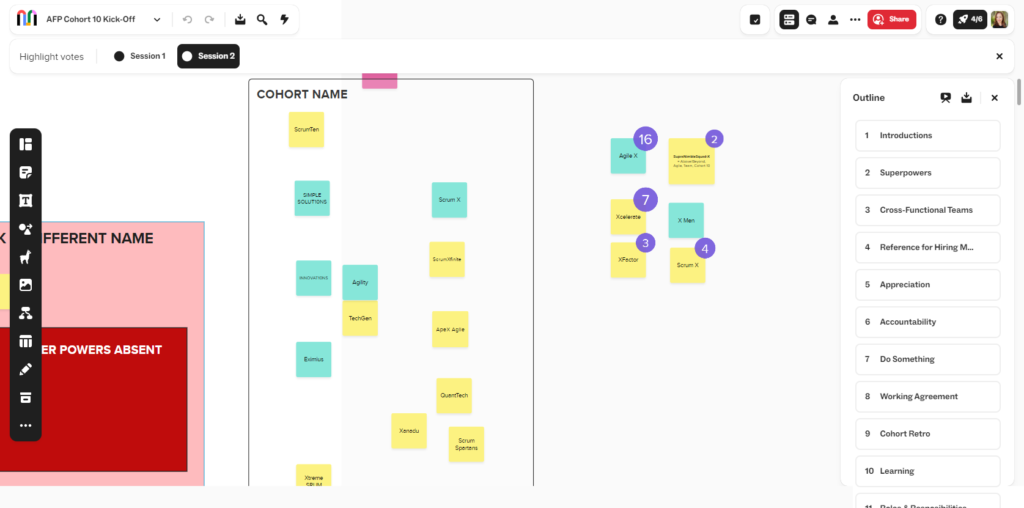
Courage and Communication
The team came together to vote on the cohort name using Mural.
Upon reflection, one team member had concern regarding the chosen name. They brought it up with the team, and the team agreed.
Thanks to the team member’s courage, a new name was chosen:
– respectful dialogue opens communication
– courage can lead to change
– Agile X was adopted
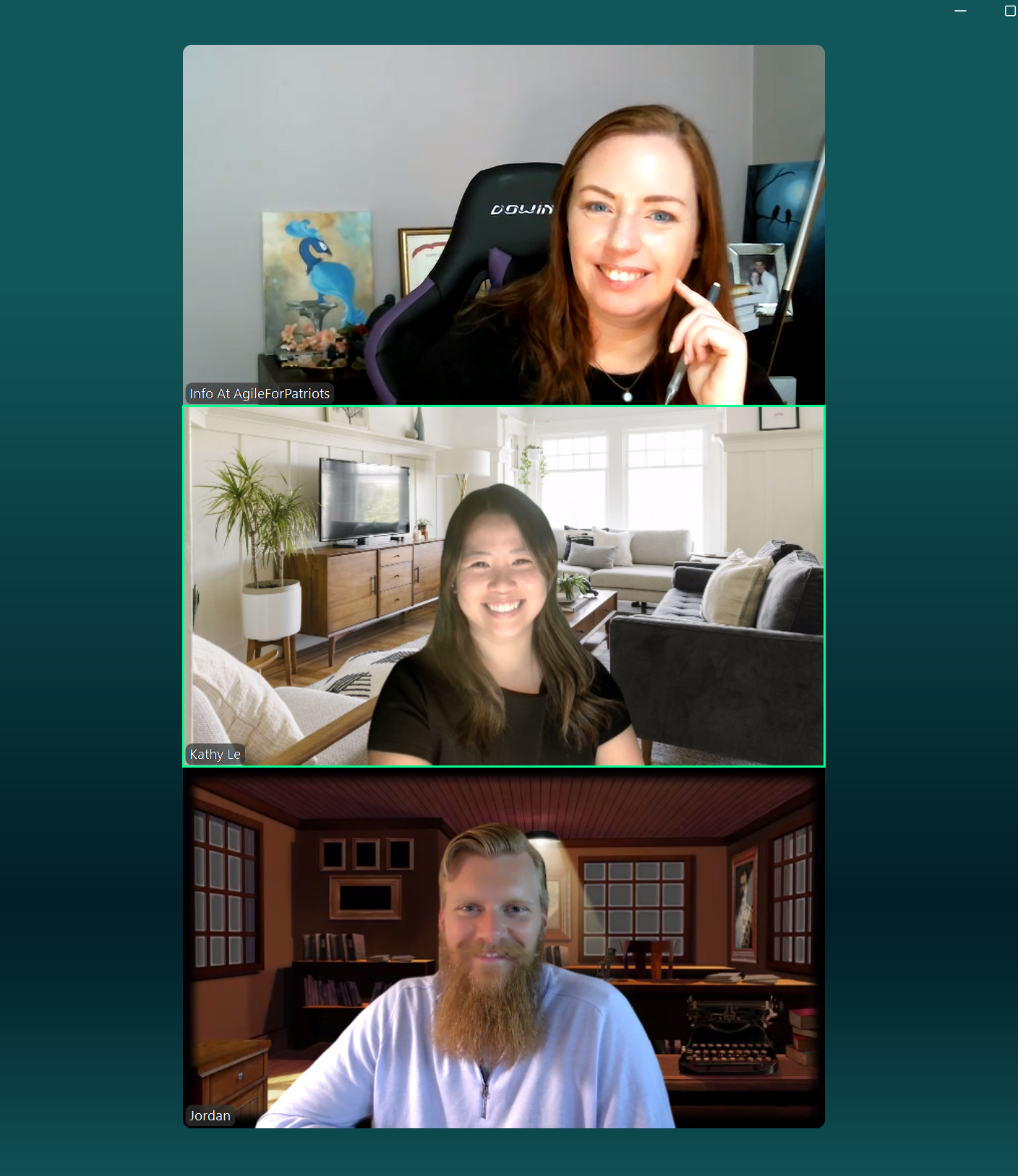
The Scrum Team as Stakeholders
The Product Vision created a unique challenge for the cohort:
– the development teams as stakeholders created an additional layer of complexity
– the PO and stakeholder agreement was necessary before developers could move forward
– the entire Scrum Team then aligned with a Product Vision that met the needs of everyone involved
The beauty of this practicum was every member was able to experience the 3 designated roles of the Scrum Team.
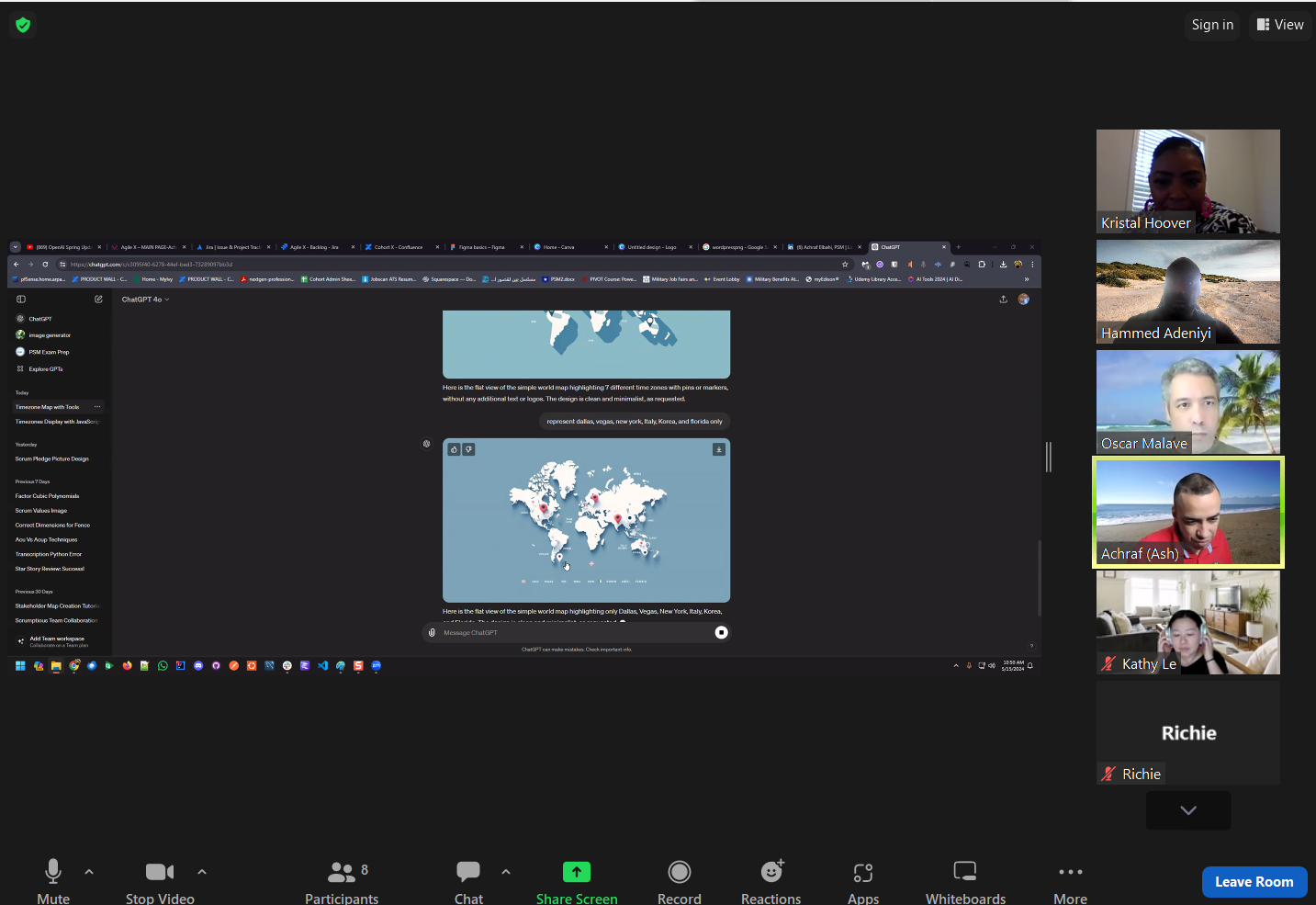
Transparency, Refinement, and Why it’s Important
Sprint Planning is directly correlated to a well-ordered Product backlog.
To achieve this, we:
– used Jira and Confluence to create the backlog
– prioritized based on the product goal
– utilized PBI Refinement to facilitate alignment and clarity
This enhanced the effectiveness of our Sprint Planning and the resulting success of the Sprint Goal.
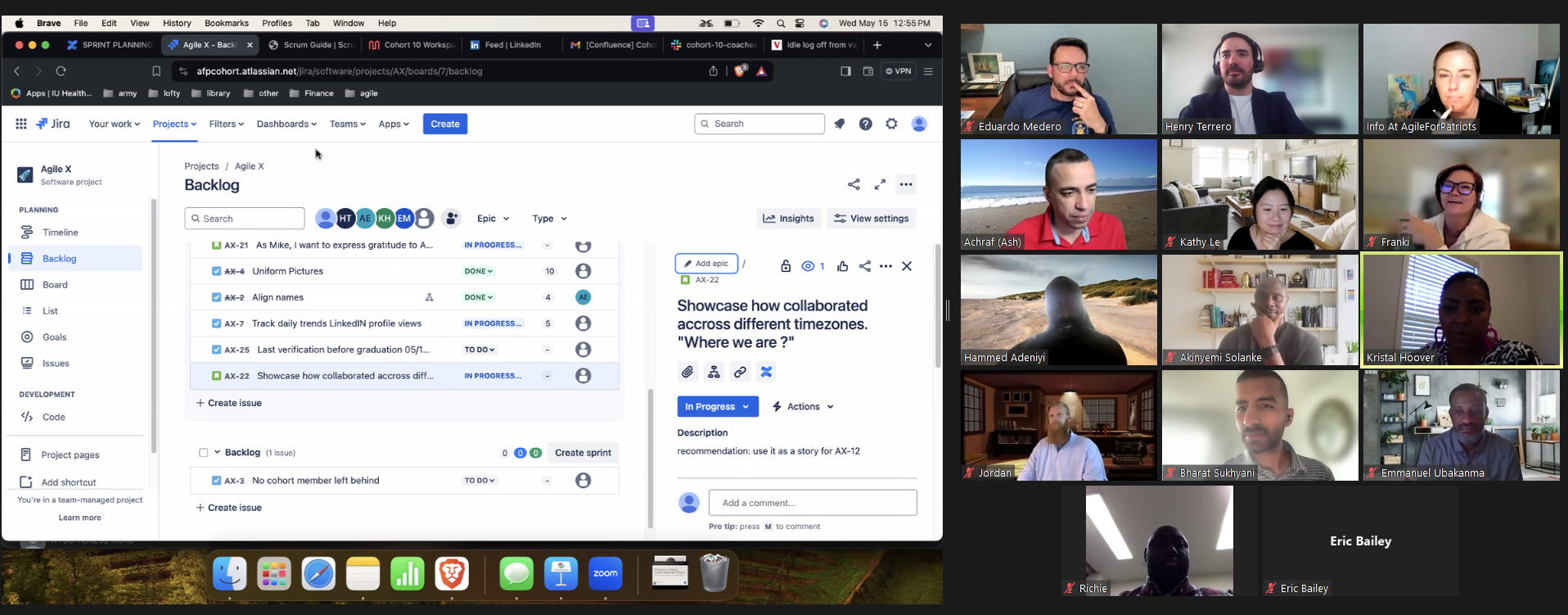
Feedback & Perspective
Sprint Review allowed the team to receive feedback and perspective from the stakeholders and the Scrum Team
This enabled:
– focus on the desired outcome of the product
– cohort empiricism to achieve the product goal
– team formation and creative collaboration
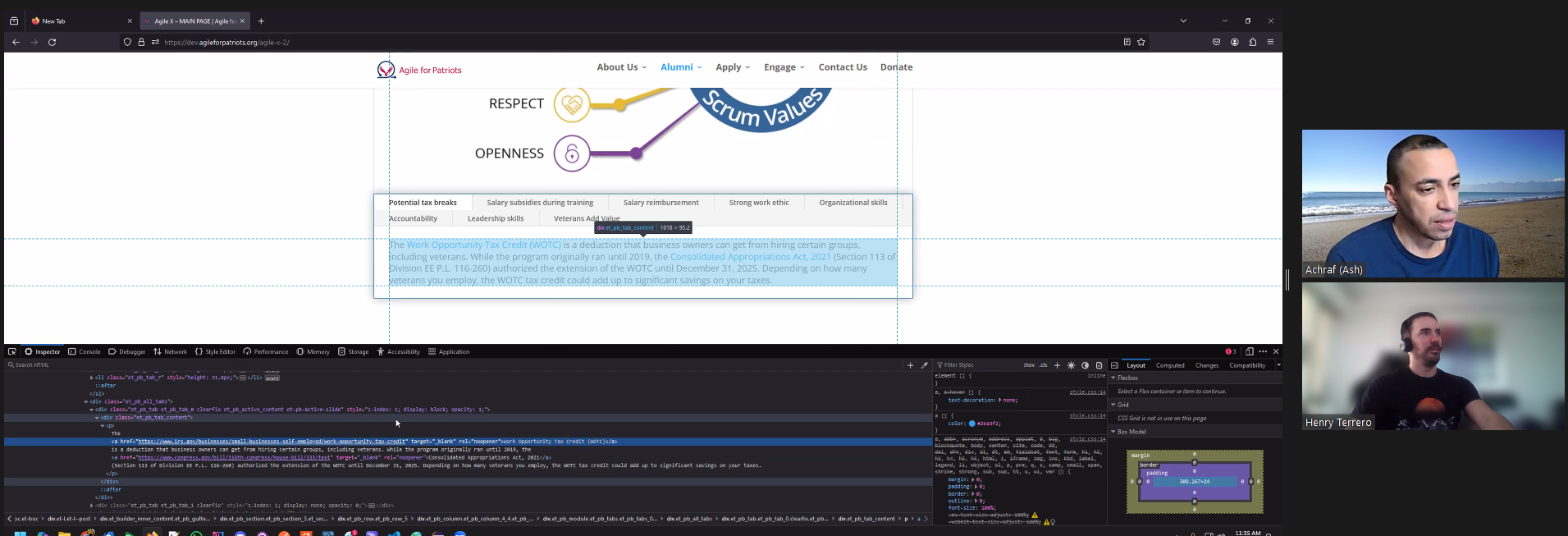
Validation and Testing
Definition of Done is a pivotal part of development. Testing the work was vital to ensure it met user expectations.
The Scrum Team explored product integrity by:
– making sure the links worked properly
– spacing and formatting was correct
– page layout worked across multiple user devices
This process was integrated throughout the Sprint to deliver valuable and reliable increments.
Seven Benefits and Incentives for Hiring Veterans
Veterans deal with a number of challenges re-entering the workforce after serving in the military, so making an effort to hire veterans is a great way to thank them for their service while also benefiting from the knowledge and skills that come along with experience in the military. In addition to the social and business benefits of hiring veterans, there are also government incentives for businesses that hire veterans.
- Potential Tax Breaks
- Salary Subsidies During Training
- Salary Reimbursement
- Strong Work Ethic
- Organizational Skills
- Accountability
- Leadership Skills
The Work Opportunity Tax Credit (WOTC) is a deduction that business owners can get from hiring certain groups, including veterans. While the program originally ran until 2019, the Consolidated Appropriations Act, 2021 (Section 113 of Division EE P.L. 116-260) authorized the extension of the WOTC until December 31, 2025. Depending on how many veterans you employ, the WOTC tax credit could add up to significant savings on your taxes.
The VA has on-the-job training funds through the Veteran Readiness and Employment program. It subsidizes a veteran’s wages so that you can pay them an apprentice-level wage during their training, allowing you to get a talented applicant while offsetting onboarding costs. As the veteran becomes more experienced at your business and completes training, the VA subsidy slowly decreases.
The Special Employer Incentive (SEI) program is another VA benefit that reimburses employers for hiring veterans who meet certain requirements. This program can reimburse up to half of the employee’s salary for a maximum of six months, plus the cost of instruction, any loss of productivity that your business incurs during training and any supplies and equipment. The SEI is designed for veterans who struggle to get jobs after serving and eligibility is determined on a case-by-case basis. VR&E SEI Fact Sheet
Veterans often have an impressive work ethic. Learning to work hard and use determination to accomplish a goal is one of the primary skills everyone typically learns when they first enter the armed forces. They are highly focused on the tasks they need to accomplish and work well as a team, ensuring that everyone contributes their part to a successful project. Veterans may be used to working in uncomfortable, stressful situations, making them well-prepared for the challenges of a civilian job.
Because of the regimented structure of the military, veterans can often bring impressive organizational skills to your business. They are used to setting a schedule and maintaining habits in the military, which they can apply to their work schedule. The high-pressure environment of the military means that many veterans have learned how to keep track of all their priorities so that everything they need to accomplish gets done.
Veterans typically have a high level of personal accountability and can also encourage others on their team to be more efficient and dedicated to their work. In the military, making a mistake may have serious consequences, so veterans are committed to taking responsibility for their behavior. They take their assignments seriously and strive for excellence, just like they did when they were working as part of a team.
The hierarchical structure of the military means that veterans are often used to taking on extra responsibility and assuming leadership roles. They observed different leadership styles from their commanding officers and likely had leadership responsibilities themselves throughout their military career. As a result, veteran employees may have a high aptitude to grow in your company, mentor others and make strategic decisions.
Scrum Values are Veteran Values
Core values are foundational values that provide a common ground shared by all individuals from each branch of service. These values are an integral part of an organization’s mission and work together to form a shared identity through mission focus, conflict resolution, and effective communication.
The core values of each branch of service are as follows:
Air Force: Integrity first, service before self, and excellence in all we do.
Army: Loyalty, duty, respect, selfless service, honor, integrity, and personal courage.
Coast Guard: Honor, respect, and devotion to duty.
Marine Corps: Honor, courage, and commitment (dept. of the Navy).
Navy: Honor, courage, and commitment.
Scrum Values Encompass the Values Shared by all Veterans:











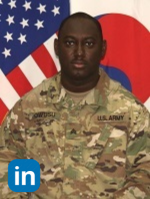










The Agile X team sincerely thanks everyone who has contributed to our Agile for Patriots experience. Special appreciation goes to Ravi Verma, William “RED” Davidson, Janie Purvis, Mike Torrence, Blake McMillan, and our guest speakers. Your support, mentorship, and instruction have been invaluable. We look forward to continuing our journey together as a team.
The Agile X team would like to take a moment to express our sincere appreciation to our instructors and coordinators. Your passion, dedication, and expertise have made a profound impact on our learning journey.
Thank you for not only imparting knowledge but also for inspiring and empowering us to reach new heights. Your guidance has been invaluable and we are truly grateful for the time and effort invested in us.
We have grown personally and professionally as a result of the mentorship you have provided. Your commitment to excellence sets a shining example and we are fortunate to have had the opportunity to learn from you.
Thank you for believing in us and for helping us realize our potential. Your influence will continue to be a beacon for us long after our time together in this cohort.